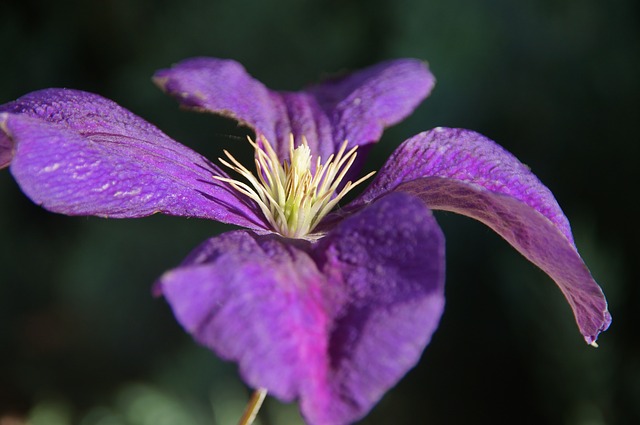Voi Che Sapete
- 1.Accompaniment0:33
- 2.Accompaniment + Melody0:33
“Voi Che Sapete” is an aria from Mozart’s Opera The Marriage of Figaro. This version is in C Major and is suitable for piano and clarinet or piano and voice.
“Voi Che Sapete” appears in Act 2 of the Opera and is sung by Cherubino as a piece which was written for the Countess – “Voi che sapete che cosa è amor” – “You ladies who know what love is, is it what I’m suffering from?”
The Marriage of Figaro (Italian: Le nozze di Figaro), K. 492, is an opera buffa (comic opera) in four acts composed in 1786 by Wolfgang Amadeus Mozart, with an Italian libretto written by Lorenzo Da Ponte. It premiered at the Burgtheater in Vienna on 1 May 1786. The opera’s libretto is based on a stage comedy by Pierre Beaumarchais, La folle journée, ou le Mariage de Figaro (“The Mad Day, or The Marriage of Figaro”), which was first performed in 1784. It tells how the servants Figaro and Susanna succeed in getting married, foiling the efforts of their philandering employer Count Almaviva to seduce Susanna and teaching him a lesson in fidelity.
Purchase includes:
- Accompaniment
- Accompaniment + Melody
€3,50
Product Description
“Voi Che Sapete” is an aria from Mozart’s Opera The Marriage of Figaro. This version is in C Major and is suitable for piano and clarinet or piano and voice.
“Voi Che Sapete” appears in Act 2 of the Opera and is sung by Cherubino as a piece which was written for the Countess – “Voi che sapete che cosa è amor” – “You ladies who know what love is, is it what I’m suffering from?”
The Marriage of Figaro (Italian: Le nozze di Figaro), K. 492, is an opera buffa (comic opera) in four acts composed in 1786 by Wolfgang Amadeus Mozart, with an Italian libretto written by Lorenzo Da Ponte. It premiered at the Burgtheater in Vienna on 1 May 1786. The opera’s libretto is based on a stage comedy by Pierre Beaumarchais, La folle journée, ou le Mariage de Figaro (“The Mad Day, or The Marriage of Figaro”), which was first performed in 1784. It tells how the servants Figaro and Susanna succeed in getting married, foiling the efforts of their philandering employer Count Almaviva to seduce Susanna and teaching him a lesson in fidelity.
Purchase includes:
- Accompaniment
- Accompaniment + Melody









